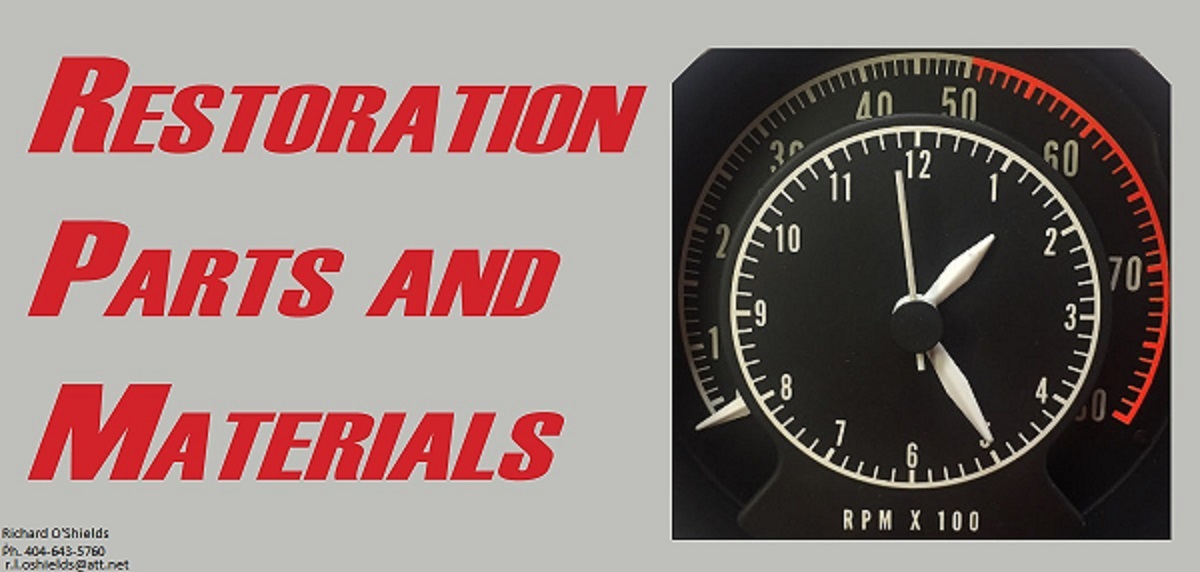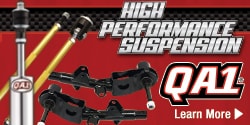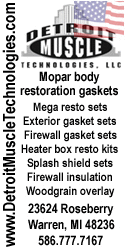Probably about 15 years ago, there was a gentleman speaking on an NPR program about "Chinese engineers". University-trained Chinese engineers.
He noted that these people were certainly intelligent, resourceful, and could be innovative, BUT their level of university training was not to the level of what a USA university training would involve. I found that interesting! As if what the USA university engineering students receive is a more robust education, by comparison.
HA! As an engineering graduate, (B.S.E.E., U of Az, May 1999) I can attest that there remains MUCH room for improvement in U.S. based engineering programs. The year I graduated, the U of AZ ranked as the country's 11th best, which isn't too shabby. So much for the "Harvard of the Southwest."
I recall some acquaintance with PRC and Taiwanese exchange students during my lengthy curriculum at the UAz. Humble, polite and diligent, the PRC exchange students got on with their duties with relative little fuss. They consulted each other, and more highly placed graduate students also on exchange. The Taiwanese students were more blatant in copying each other's work, and acting like Americans. I didn't care for them, and, when they learned of my nippo-centric studies, they gave me good reason to continue disliking them. despite some of them being also in the same courses.
Both groups were authoritarian and conformist, but I saw plenty increase of such disorders in every part of the University populace while an inmate there. Both groups would actually work at least, unlike others I shan't mention. I had my own private tutoring service which provided my funds until mid 1997, when my studies had to take precedence, so I had plenty opportunity to study the students. Not a happy subject.
The reasons for inferior quality parts from Asia don't lie in the focus of their curricula, per se, but in culture and history. The Han Dynasty, which succeeded the much loathed, totalitarian and foreign Chin Dynasty which forever gave the country it's name, motivated by abhorrence for their former overlords AND the violence of the 500 years preceding that, BANNED LARGE SCALE IRON FOUNDRIES AND THE CHEAP, ABUNDANT IRON IMPLEMENTS WHICH HAD BEEN ACHIEVED DURING THE WARRING STATES PERIOD AND THE CHIN DYNASTY!!! The other great, technology retarding tragedy of the Han dynasty came from the government adoption of Master Kung Fu Tzu, in Latin, Confucius. Thus did formalism, appearance, ritual and conformity all come to dominate the Han psyche, to this very day. Such thinking makes for capitalism, now the accepted path of development in the Middle Socialist Republic. Their education methods still follow Master Kung far more than Masters Lao or Tse-dong.
Realize that the Roman Empire, under Tiberius experienced a similar technological freeze for about a century, with Tiberius exterminating a smith from Cordoba who had presented to him an innovative, much improved method of forging superior steel in quantity. Tiberius didn't care for upsetting the Status quo either. Conservatives always wind up pulling such stupidity. Ah, but the Romans had Germany to teach them a New Lesson and a Viking named Alfbert made the first Big Advance some centuries later. Thus did Europe forge ahead of Asia, for at least a millennium.
Until China gets some better coking coal, from elsewhere, their steel industry will continue to be plagued at the basic material quality level. But this doesn't explain low quality aluminum or cuprous alloys. For that, we can thank Master Kung.
A few years ago, I was at a used car lot with a wholesale customer, taking him a Hyundai part. This lot never had any foreign-brand cars on it. I carefully asked how those cars were holding up. He thought and replied "They don't seem to have the 'stamina' an American car has."
I suspect a lot of this comes from modern methods, just as you speculate below. Koreans and Japanese aren't Han, though influenced by that culture they are.
You can take that comment to have MANY meanings! Perhaps they just copied the USA-brand orientation of making it just good enough to get out of warranty before having problems (which used to be a somewhat common comment in the USA)? Just like an observation I made back in the earlier 1970s, about some GM parts which had failed, "If they'd have spent another dime to get a better part, it would not have failed so soon." At the individual level, that amount would have been inconsequential, but at the level of GM (or other OEMs), that mere dime would be millions of dollars each year.
Perhaps the "saving grace" of USA-brand car parts has been their robustness of design?
Moreso for PAST American products than a lot of the crap we get now. I say what remnant of good quality we still enjoy here comes from the Twilight's Last Gleaming. Modern college culture certainly doesn't inculcate the old time pursuit of quality or honesty we had in our youth.
Which made a similar part from a foreign country OEM look "dinky" by comparison.
ALL off-shore products made for USA use are produced to "a spec". The buyer KNOWS what they are getting and paying for. So their selling price point and profits are ensured. Which means the level of "good enough" is not a universal orientation, but variable as to the brand buying the product from the Chinese company producing it. Just as there were USA brands, in the 1960s, which each fit the old criteria of "good", "better", and "best". What might be "good" for one customer, could be "great" or "junk" for another user, by observation. Generally, car repair people knew what was what, as they got to see what failed and how soon.
All true enough, so long as the specs are adhered to. But when buying from the Bazaar or Sook, "Caveat Emptor!"
At the consumer level, one brand of tire can be acknowledged to be "the best" for many customers. Yet if that tire is put on a car that is only driven to the grocery store, church, and beauty salon, for about 4000miles/year, that 80k mile durability rating will mean the tire will age0out of usefulness with lots of tread left on it. Yet a lesser brand, will be worn out by the time the tire ages out of life. Still a good quality tire that can be a better fit for the intended use.
I am for USA-made parts and such, BUT if I perceive another part is just as good, I'm looking at the total picture, not just "country of origin" specifically. In the hierarchy of "good, better, and best" for MY uses. Which might not be YOUR uses.
Oh I too don't hesitate to buy stuff made overseas when it meets MY requirements, as I've demonstrated numerous times on this Forum. Cost Effectiveness remains my TOP qualifier. While the points and condenser in that CarDon't distributor I copped in 2018 crapped out predictably soon, the aluminum body and bushings thus far have endured. I occasionally give it duty when I rotate another distributor into Gertrude for a tune-up. Mind you, I fit it with NOS Mopar components now, and it does quite well so. Likewise, I've happily used Korean and Indonesian tires for YEARS, and don't foresee an end to that. The MasterCrap tires I tried once, while made in the U.S., still didn't satisfy me. Caveat Emptor indeed. I certainly can't be accused of any nationalist or worse, patriotarded motivation here. And, while I sneer at much of the Middle Kingdom's wares, I'll take their stuff hands down over the real slag puked out of the Subcontinent now moving in on them. At least Master Kung gave the Middle Republic SOME ethics!
Customers have choices. "Consumer behavior" can be tricky to predict!
CBODY67
Wise Words! Markets can and will be stampeded by all kinds of crap, whether contrived or accidental.
















